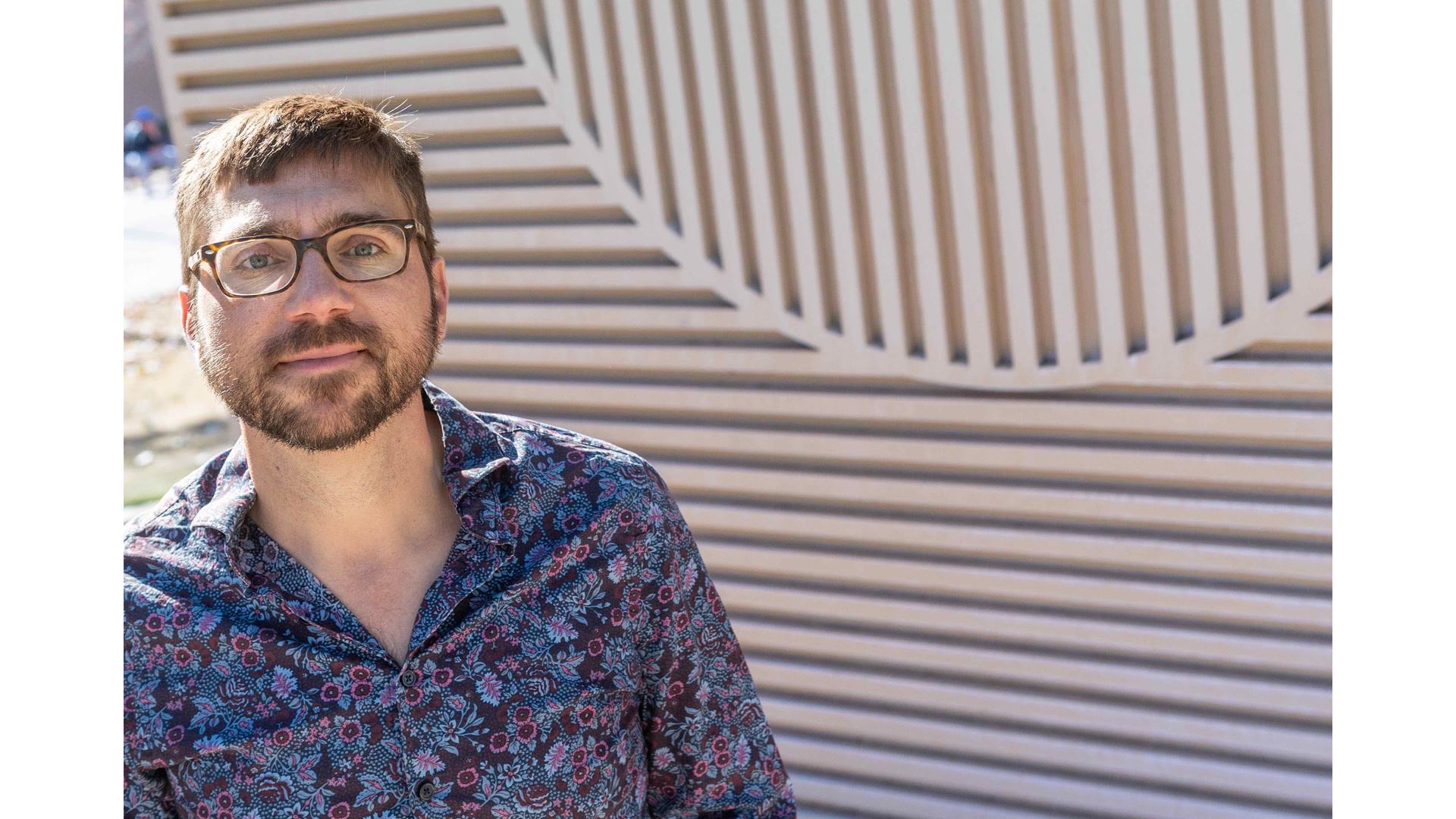Joe Burchett is among a handful of professors in the country to be part of a program to develop the next generation of leaders in STEM.
Burchett, an assistant professor of astronomy at New Mexico State University, was awarded a research fellowship at NASA facilities through a collaboration between NASA and the National Science Foundation.
The program aims to strengthen research infrastructure and advance STEM talent development at nine institutions in seven U.S. states and territories. Burchett’s research is one of 10 projects awarded a combined $2.7 million from the NSF’s Established Program to Stimulate Competitive Research (EPSCoR) Track-4 awards.
“It’s an opportunity for early career scientists to try to improve the research infrastructure, particularly at institutions like NMSU,” Burchett said. “It’s a way for us to reinforce research opportunities at our institutions by doing things like diversifying our portfolio of scientific methods and that's what I'm doing here.”
These awards fund principal investigators from institutions with high enrollments of students from underrepresented populations in STEM. STEM faculty research fellowships will take place at NASA's Ames Research Center, Glenn Research Center, Goddard Space Flight Center, Marshall Space Flight Center and Jet Propulsion Laboratory.
Burchett will be partnering with the NASA Goddard Space Flight Center in Greenbelt, Maryland, where he will spend about two months in the spring and receive mentorship from the head of Goddard’s X-ray astrophysics science program.
While building research capacity at their home institutions, fellows will learn new techniques, develop new collaborations, advance research partnerships, access unique equipment and facilities and shift their research toward transformative new directions.
“With access to NASA facilities and equipment, research investigators from EPSCoR jurisdictions will be able to solve challenging problems and solidify lifelong research partnerships,” said NSF Director Sethuraman Panchanathan. “This dual agency partnership will also help diversify the U.S. workforce through collaborative research at a federal government level and improve the research capacity of their home institutions and jurisdictions more broadly.”
Burchett’s project is titled “Bluer and Hotter: From Ultraviolet to X-ray Diagnostics of the Circumgalactic Medium.” X-ray astronomy will allow Burchett to study the hot, dense gas that forms a halo around the Milky Way. His research will contribute to a better understanding of the life cycle of a galaxy.
“The reason X-ray techniques are very relevant is because they build on what I do in terms of research,” Burchett said. “I study the gas around galaxies and between galaxies, so I've traditionally used observational techniques in the ultraviolet region of the electromagnetic spectrum. The primary tool that I use now is the Hubble Space Telescope.
“The ultraviolet tells us about cool gas and warm gas. But what we would call the hot gas, meaning gas at temperatures hotter than a million degrees Kelvin, plays a critical role in the interactions between the gas around and between galaxies and the galaxies themselves. The best way to study that gas is by using X-ray telescopes, which are very different than ultraviolet telescopes and instruments. Turns out, NASA has a number of X-ray missions. One of them is a partnership between NASA and the Japanese astronomy agency.”
Burchett will be at the NASA Goddard Space Flight Center next spring when the data from that mission comes in.
“In a lot of ways, the science is pushing me in the direction of X-ray astronomy,” Burchett said. “It’s something that I'm not a specialist in now but this program allows me to receive training and mentorship while conducting research with these data. I'm also on the science development team for one of the next big telescopes that NASA will launch, which is hopefully going to be an X-ray telescope.”
Burchett will be taking one of his graduate students to Goddard to learn along with him. When they return, they will be sharing their knowledge with other NMSU astronomy students. But Burchett also plans to reach out to other NMSU professors.
“When we come back, I’ll be able to train other students in my group to do X-ray astronomy but I’m also excited to try to identify and connect with other faculty and their research interests to determine how to broaden the impact of X-ray research at NMSU,” Burchett said. “I will try to identify opportunities to utilize data from these new NASA X-ray missions and develop proposals with other faculty for new projects that may very well be outside of my own wheelhouse.”
“The success of this year's joint NSF and NASA faculty fellowships highlights the remarkable dedication and ingenuity within the scientific community,” said Kathleen Loftin, project manager of NASA’s EPSCoR Program. “These fellowships are not just about funding; they are about fostering meaningful, transformative collaborations that enrich the landscape of STEM research.”
-30-
CUTLINE: Joe Burchett, assistant professor of astronomy at New Mexico State University, was awarded a NASA Research Fellowship. He leads one of 10 projects receiving a combined $2.7 million from the National Science Foundation’s Established Program to Stimulate Competitive Research (EPSCoR) Track-4 awards. (NMSU photo by Josh Bachman)

